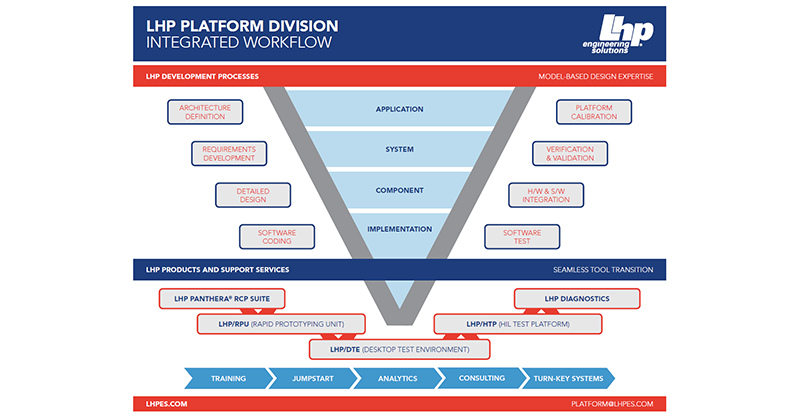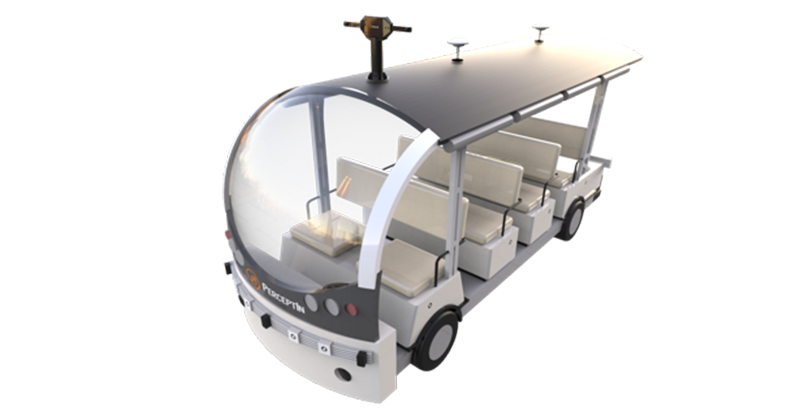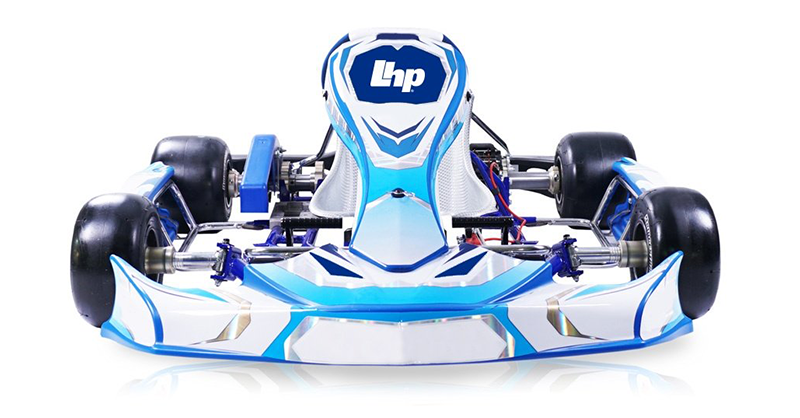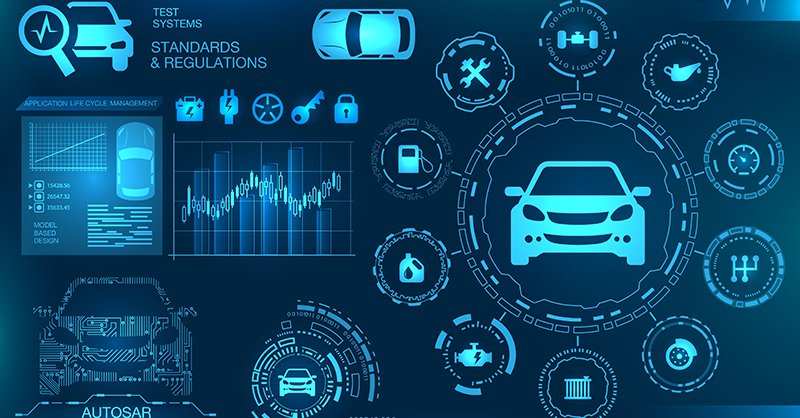LHP and PerceptIn Partner to Deliver Autonomous Solutions for Microtransit Industry
By partnering with PerceptIn’s modular approach to autonomous sensor development, LHP’s knowledge of embedded controls and system integration proves...
Unlock Engineering Insights: Explore Our Technical Articles Now!
Discover a Wealth of Knowledge – Browse Our eBooks, Whitepapers, and More!
Stay Informed and Inspired – View Our Webinars and Videos Today!
Exploring the future of software-defined vehicles through expert insights.

Table of Contents
LHP Engineering Solutions will be exhibiting at the 23rd annual NI Week in Austin, Texas, at the Downtown Convention Center, May 22- May 25. LHP is excited to announce the addition of analytics & IoT capabilities to its legendary offering of Hardware-in-the-loop Test Platform (HTP) and Panthera rapid controls prototyping platforms based on National Instruments Hardware.
At the show, LHP will demonstrate how the traditional engineering V-model can be transformed into a diamond to encompass enterprise-wide solutions.
LHP’s Chief Engineer, Dan White, and LHP Data Analytics Solutions Director, Paul Wright, will discuss how LHP can sew the digital thread of data from the Panthera RCPEK through the HIL systems, Remote Diagnostics, and Analytics capabilities.
Dan White and Paul Wright Interview:
Megan: Explain how the idea of transforming the traditional engineering V-Model into a Diamond was formed?
Dan: We are always talking about how to leverage the value of data collected at various stages of development and data analysis needs at decision points. During our discussions, we keep finding ourselves drawing lines through the V-Model on the white board depicting data flows between where data are collected and where they are used. It often ended up taking the shape of a diamond due to all of the “facets” that appeared.
Megan: How can the Diamond add value throughout all engineering and enterprise-wide product lifecycles?
Paul: It really begins with the Engineers shortly after product inception, throughout early development and testing. Our Panthera rapid controls prototyping kit allows them to compile Simulink models directly onto National Instruments hardware, so that they can innovate in a very agile, iterative way. Once the design is proven and we begin testing on a broader basis, say for environmental conditions or with various application-specific variables, the HIL Platform comes into play. By assuring the design meets our expectations under all known conditions prior to product launch, we can retain that test history for later comparison. Once the product is in the field, we can monitor its performance and use in the hands of the consumer via remote diagnostics, with our telematics devices and platform.
That allows us to not only monitor the product itself, but also integrate its data with other sources across the business, like service, quality, distribution, and finance, to make improvements to design, performance, and cost. Through the use of Machine Learning models, we can predict when parts or components should be serviced or replaced, which calibration settings will best meet the customer’s needs given their unique use of the product, and which pieces of the product offering deserve further development for the next product launch cycle.
Megan: How can extracting data from a Hardware-in-the-loop Test Platform or Rapid Prototyping Platform be beneficial for engineers?
Paul: That’s a great question, because these systems have historically been used to conduct unit testing on a pass/fail basis, and their output was perceived as disposable once the product eventually passed all the conditions in the script. What we’re finding in product warranty investigations and observations from the field is that when the product does not perform the same way in the real world, or the consumer has done something with it that we didn’t expect or intend, there can be value in revisiting these early test results to identify and close the gap. That process requires the ability to integrate and analyze data from various sources, which is another reason data science is in such high demand at the moment. LHP has Data Scientists who’ve been performing this kind of analysis for decades.
Megan: What improvements and upgrades can customers see on the legendary HIL System at NI Week this year?
Dan: This year we are showing our latest HIL Test Platform that includes the NI SLSC chassis and the LHP Engine Test Suite for testing of Engine Control Modules. We are starting with a set of 3 signal conditioning cards needed for ECM testing which are the oxygen sensor simulator, fuel injector loads and the engine synchronous signal card for generating signals in the angle domain like cam and crank position sensors.
Paul: And from the Analytics & IoT Solutions side, we’ll be demonstrating a remote diagnostics fleet management solution on the Thingworx platform, and some enterprise Analytics work that we did for a customer whose new product launch was experiencing some early, unexpected failure modes. We were able to sift through their data, identify the causal factors, and help them understand the remedial action steps needed to move the product forward.
Megan: Where can customers find more information on LHP Hardware-in-the-loop Test Platforms and Analytics Capabilities?
Dan: You can find more information on the LHP Hardware-in-the-loop Test Platform here: http://www.lhpes.com/htp
Paul: You can find more information on LHP Analytics’ capabilities here: http://www.lhpes.com/analytics

By partnering with PerceptIn’s modular approach to autonomous sensor development, LHP’s knowledge of embedded controls and system integration proves...

LHP will be at the 2018 IoT Solutions World Congress Showcasing Embedded Cybersecurity On a Vehicle Platform

LHP is releasing a new product into our model-based design and test workflow at the Automotive Testing Expo in Novi, MI on 10/20. The LHP...